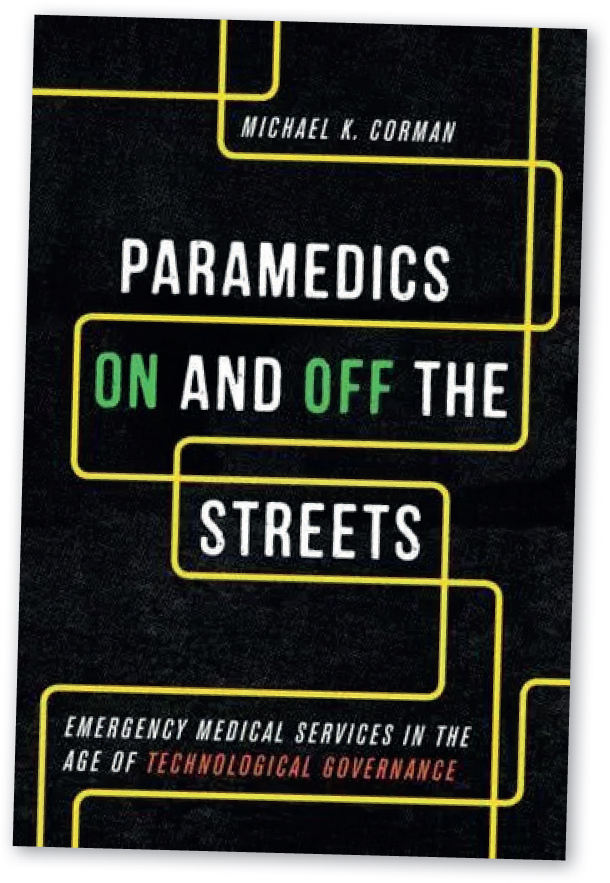To read and gain value from this book, I first had to research some basic concepts.
Ethnography
Firstly, what is ethnography? Ethnography is a qualitative research method in which a researcher—an ethnographer—studies a particular social/cultural group intending to better understand it. Ethnography is both a process (e.g. one does ethnography) and a product (e.g. one writes an ethnography). In doing ethnography, an ethnographer actively participates in the group to gain an insider's perspective and to have experiences similar to those of the group members. In writing ethnography, an ethnographer creates an account of the group based on this participation, interviews with group members, and an analysis of group documents and artefacts (Kramer and Adams, 2017).
Sociology
I then looked at the question, what is sociology? From the Oxford online dictionary, sociology is the study of the development structure and function of human society. An example of sociology includes studying the relationship between culture and society, examining movements or researching how communication affects human behaviour.

Sociology in healthcare
Sociology in the healthcare context can be defined as the scientific study of the social pattern of health, such as how social factors (e.g. class, race, gender, religion, ethnicity, education status, age, place and cultural practices) influence human health (Amzat and Razum, 2014).
Sociology has been widely studied among medical, nursing and allied health professional cohorts but is fairly sparse among paramedic and out-of-hospital backgrounds, with initial research of paramedics from an organisational psychology perspective published in the 1980s (Donald Metz, 1981; Eddie Palmer, 1983). Given the immense change to the role of the paramedic and the professionalisation of the role, and, as the book title suggests, ‘in an age of technological governance’, this book is a much-needed update.
Fly on the wall
The book takes a ‘fly on the wall’ account of two anonymous crews from Alberta, Canada. The author follows the crews from the start to the end of their shifts, on ride-alongs and the occasional downtime/rest breaks, documenting interactions among and calls attended by the crews. All patient details have been anonymised.
The author also observes and interviews many other paramedics working on ambulances as well as staff working in dispatch and control centres. While people working as paramedics will be very familiar with much of the terminology discussed in the book, this book provides an incredibly detailed account of the crews' day-to-day experiences.
There are going to be regional differences between the Albertan crews in the book and the experience of crews working in Ireland or the UK; however, many of the same issues and inequalities exist. These include social issues such as the impact of substance use disorders, mental health disparities, poverty and socioeconomic status. Common themes under the umbrella of operational issues include staff shortages, increased call volume, driving longer distances to calls, dealing with acute cases, and overcrowding in emergency departments.
On the frontline
The book is divided into two sections. Part one examines the day-to-day experiences of paramedics working on the frontline. Much like paramedics on a call, this section is the ‘history-taking’ part. In Chapter 2, the author discusses the work that goes into preparing and managing the ambulance for the shift ahead, assessing patients, and dealing with the public and other emergency and medical staff.
Chapters 3 and 4 look at further intricacies of a typical shift and how technologically heavy paramedics' role has become and the many cases in which technology can hinder rather than streamline the process. An example of this is in equipment inaccuracies during different driving conditions or where equipment stops working in colder temperatures altogether.
This book provides only a ‘snippet’ of the over 200 hours the author put in with crews on calls. Some calls were serious medical and trauma emergencies and others were the seemingly never-ending ‘non-emergency’ calls that every paramedic is familiar with.
Another feature of this section includes discussions of disparities among staff. More senior staff have better pay and conditions compared with newer staff who often feel ‘shafted’ by current workplace policies. This is unfortunately common emergency medical services practice in many regions in North America and Europe.
Technology and paramedics
Part two documents interviews and interactions with dispatch staff and operational managers about how technology has changed the profession and the overall governance of emergency ambulance work. While the focus of operational managers is often a data, key performance indicator (KPI) and numbers game, it cannot be overstated that patient care should never be reduced to a key benchmark or data point. This is another reason why this type of qualitative research on paramedics/emergency medical services must continue.
In summary
This book documented some of what I have observed and felt day to day in my role as a paramedic, and was a comforting read, knowing that I am not alone in how I feel about my experiences.
We, as paramedics, need more sociological-focused research so that the voices and experiences of crews are captured. It is impossible to change what we do not acknowledge, and the goal should be to always improve patient safety, patient experience and staff wellbeing.
I thoroughly enjoyed reading this book and it is one that I will dip into again. I hope to see ethnographical research on Irish paramedics/emergency medical services in the not-so-distant future.

